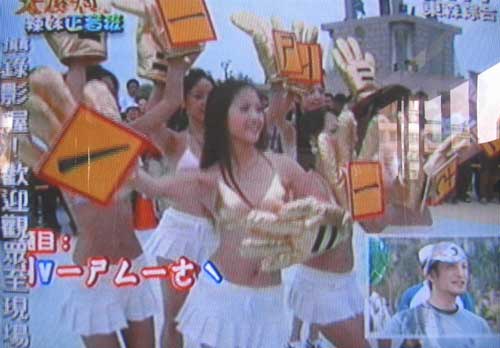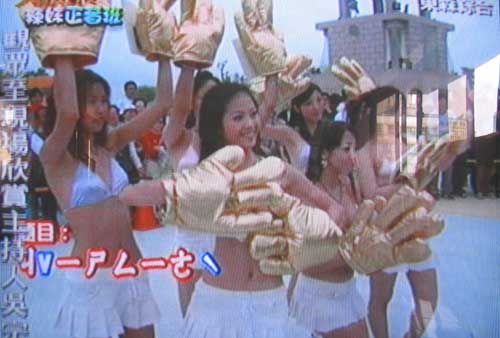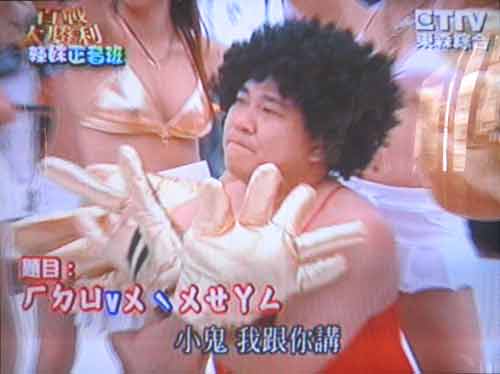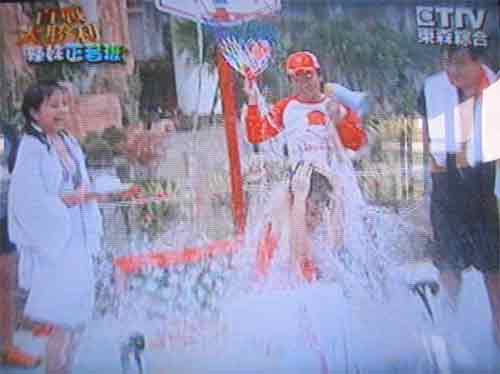I came across an article earlier on myths about left-handedness. The section labeled “oppressing the left” notes that “lefties have long suffered.” One of the statements made in support of this, however, is that “Chinese characters prove extremely difficult to write with the left hand.” I’ve heard this assertion about Chinese characters before, many times.
Certainly there’s been a great deal of discrimination against left-handed people in China and Taiwan, where they are often forced to switch. This happens even more frequently in those two countries than in the West, where it almost certainly continues to occur. (When I was in second grade my teacher tried to force me to use my right hand. Fortunately for me, my left-handed father came to school to set her straight on this. )
Oddly enough, people in Taiwan and China have often remarked to me that left-handed people are especially smart.
I have none-too-beautiful handwriting when it comes to Chinese characters. My handwriting in the Roman alphabet, however, is pretty good when I’m writing for someone other than myself. But I doubt the difference has anything to do with me being left-handed. I didn’t grow up endlessly practicing how to write Chinese characters; also, I simply don’t care.
I’d like to note a few things.
- For thousands of years, until well into the twentieth century, the standard order for Chinese texts was top to bottom and right to left, which, if it benefits anyone, would seem to benefit left-handed people.
- Throughout most of their history, Chinese characters have most often been written with a calligraphy brush (maobi). And in calligraphy the brush is held perpendicular to the paper, so there’s no slant beneficial to people writing with one hand or the other.
- Most writing with a brush is still done top to bottom and right to left.
- Since pencils and pens produce lines of even thickness, there doesn’t seem to be anything inherently different in writing Chinese characters with these than writing the Roman alphabet, something left-handed people can do just fine.
So what, other than prejudice, is the source of the contention that left-handed people are at a significant disadvantage when it comes to writing Chinese characters?
Before anyone mentions stroke order, however, I’d like to note that is also largely a convention, not something inherent in the final appearance of the character. Otherwise, there wouldn’t be variations in stroke order, even today, especially between China and Japan.
I’m inclined to believe that this is just another of the many erroneous claims about Chinese characters, but I’d certainly be interested in hearing any evidence to the contrary.
source: What Makes a Lefty: Myths and Mysteries Persist, Live Science, March 21, 2006





